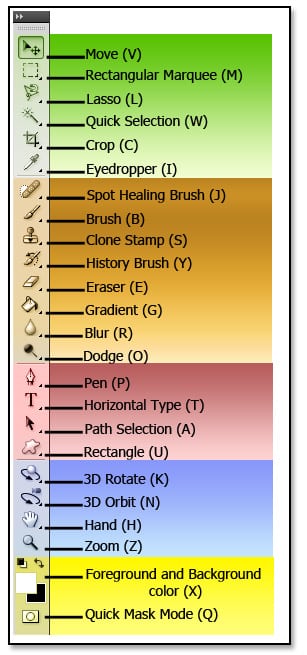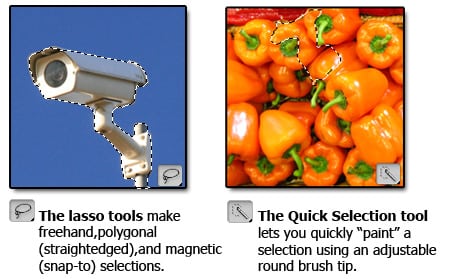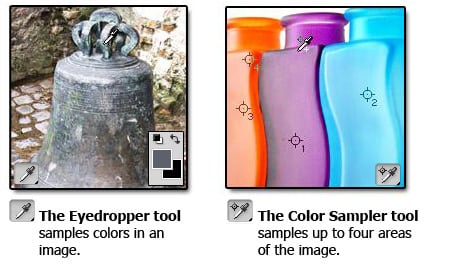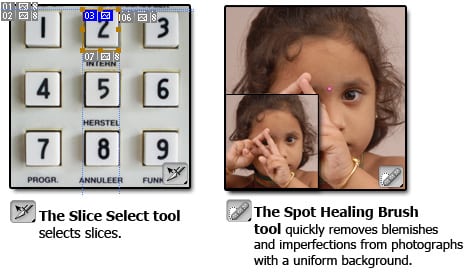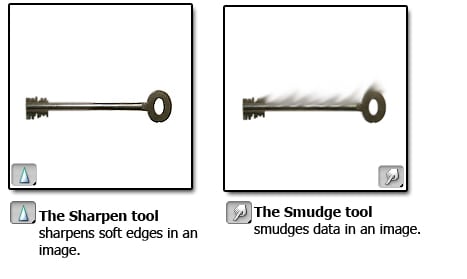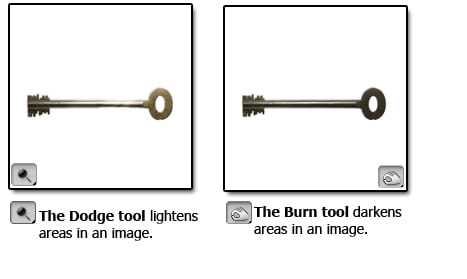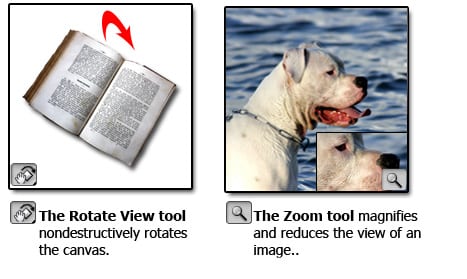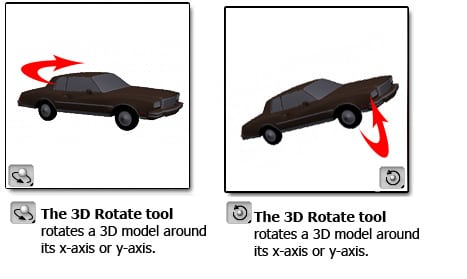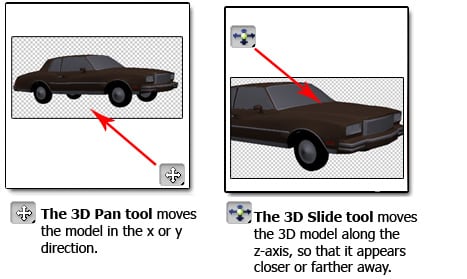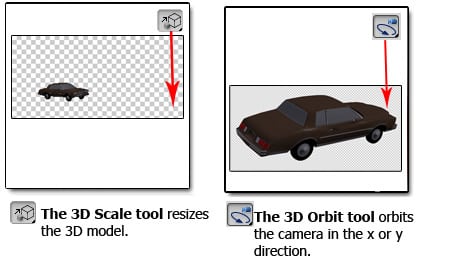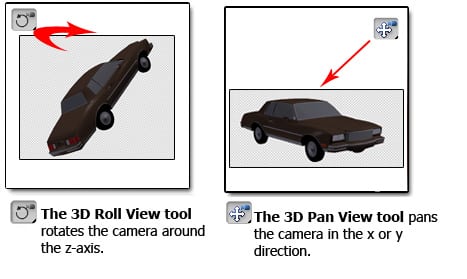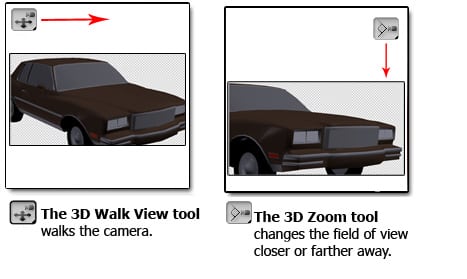I found that one of the festival really attract me. It is Wine Festival.
Wine Festival ?
Annual wine festivals celebrate viticulture on most continents and usually occur in October. Many of the festivals carry the Italian name of Vendemmia or Vendimia meaning the harvest of the grapes. In the United States of America festivals are often empowered by Little Italy organizations in support of Italian culture. Other Latin-influenced cultures of Roman origin have also embraced the celebration of wine among the various wine regions of the world.
In Culture
The grape, and the extraction of the juice to produce wine, have become meaningful parts of mankind's history that is more than a food or drink. It is both rich in flavor, nutrients, and an icon symbolizing virtues used in religion and culture. Although the alcohol content could lead to intoxication, the festivals embody the enlightened spirit of mankind.
Many competition are having during the Wine Festival.
A wine competition is an organized event in which trained judges or consumers competitively rate different vintages or bands of wine. There are two types of wine competitions, both of which use blind tasting of wine to prevent bias by the judges.
Type of wine competition
The most common form of wine competition is intended to obtain valid comparisons of wines by trained experts. The awards are given to groups of wines in various categories on the basis of the blind tasting. The awards are frequently bronze, silver, gold, and double gold medals. However, ribbons of various colors are also sometimes used.These competitions often include a "Best of Class" award, producing a clear category winner among those vintages awarded a gold medal, for example the Los Angeles International Wine & Spirits Competition.[1] The other form of competition is most often organized by wine lovers and is consumer-oriented. The judges also evaluate the wines blind. However, instead of giving numerous awards, the wines are ranked by number from high to low in each wine category, a process known as ordinal ranking. Thus, there is only one first place winner, one second place, one third place, and so on down to the lowest place.
Wine Competition
- New York Wine Tasting (1973) : 14 experts, including France's Alexis Lichine, ranked 23 Chardonnays from France, California, and New York State.
- San Diego Wine Tasting (1975): Eight Bordeaux and two California wines were evaluated by 28 judges.
- Paris Wine Tasting (1976) : This notable wine competition is briefly described above.
- San Francisco Wine Tasting (1978) : The same wines earlier evaluated in the Paris competition were again judged.
- Concours Mondial de Bruxelles : “wine world-championship” with more than 6000 participating products from the four continents. As a whole, these samples represent more than 500 million marketed bottles.[3]
- Wine Olympics (1979) : A French food and wine magazine organized a competition of 330 wines from 33 countries evaluated by 62 experts.
- Great Chardonnay Showdown (1980) : A total of 221 Chardonnays from around the world were evaluated by 25 judges.
- Ottawa Wine Tasting (1981) : In the Ottawa competition, experts evaluated 13 wines from France and California.
- French Culinary Institute Wine Tasting (1986) : On the tenth anniversary of the Paris competition, eight judges evaluated nine of the ten red wines earlier ranked.
- Wine Spectator Wine Tasting (1986) : A different 'tenth anniversary' competition.
- The World Wines Competition : An annual double blind competition established in 1991 in which the top red and white wines are separately ranked one to four by experts from six continents.
- Grand European Jury Wine Tasting (1997) : European jury tasted three vintages (1989, 1992 and 1994) of 27 Chardonnays from seven countries.
- Ottawa Wine Tasting (2005) : Eighteen wines (six each from Bordeaux, Ontario, and British Columbia) were evaluated by 35 expert tasters and monitored by an organization responsible for marketing French wine.
- The Tasting that Changed the Wine World : "The Judgment of Paris' 30th Anniversary. A 30-year anniversary replication of the 1976 Paris competition.
- The Asian Wine Competition (Shenzhen, China, 2010)(wine) :It's aim is guiding the development of grape and grape wine in Asia , supervising and improving the quality of the grape and grape wine, promoting the exchange of vine and wine industry technology and relevant talents.
- Hong Kong International Wine & Spirit Competition : It is the first truly Asian competition designed specifically for the tastes and consumption preferences of the Asian market.
- Grand Collections (Moscow, Russia, 2008) : The International Wine and Spirit Tasting Competition “Grand Collections” was established to recognize and encourage best wine and spirits brands in different price segments at the Russian and foreign market.
Different places will also have their own ways to celebrate this festival.
Roman festivals (Italian, Spanish, and Mediterranean)
- Wine Festival of Cyprus
- Fiesta Nacional de la Vendimia
- Feria Nacional de San Marcos
- Haro Wine Festival
- Limassol wine festival
- Mendoza Province
- Médanos, Buenos Aires
- Qormi Wine Festival, Malta
- Santiago de Surco
Australian festivals
- Caxton Street Seafood and Wine Festival, Australia
- Kings Cross Food and Wine Festival, Australia
- Melbourne Food and Wine Festival, Australia
United States festivals
- Boston wine festival, Massachusetts, United States
- Maryland Wine Festival, Maryland, United States
- Paso Robles Wine Festival, California, United States
- Temecula Valley Balloon & Wine Festival, California, United States
Other festivals
Fields of Grape Vines
poster of wine festival
16th century wine press
I feel that this festival is fresh & interesting. Hope that I can done Wine Festival E-wallpaper greatly, let everybody know about this festival.









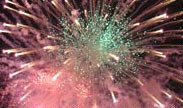





.jpg)





